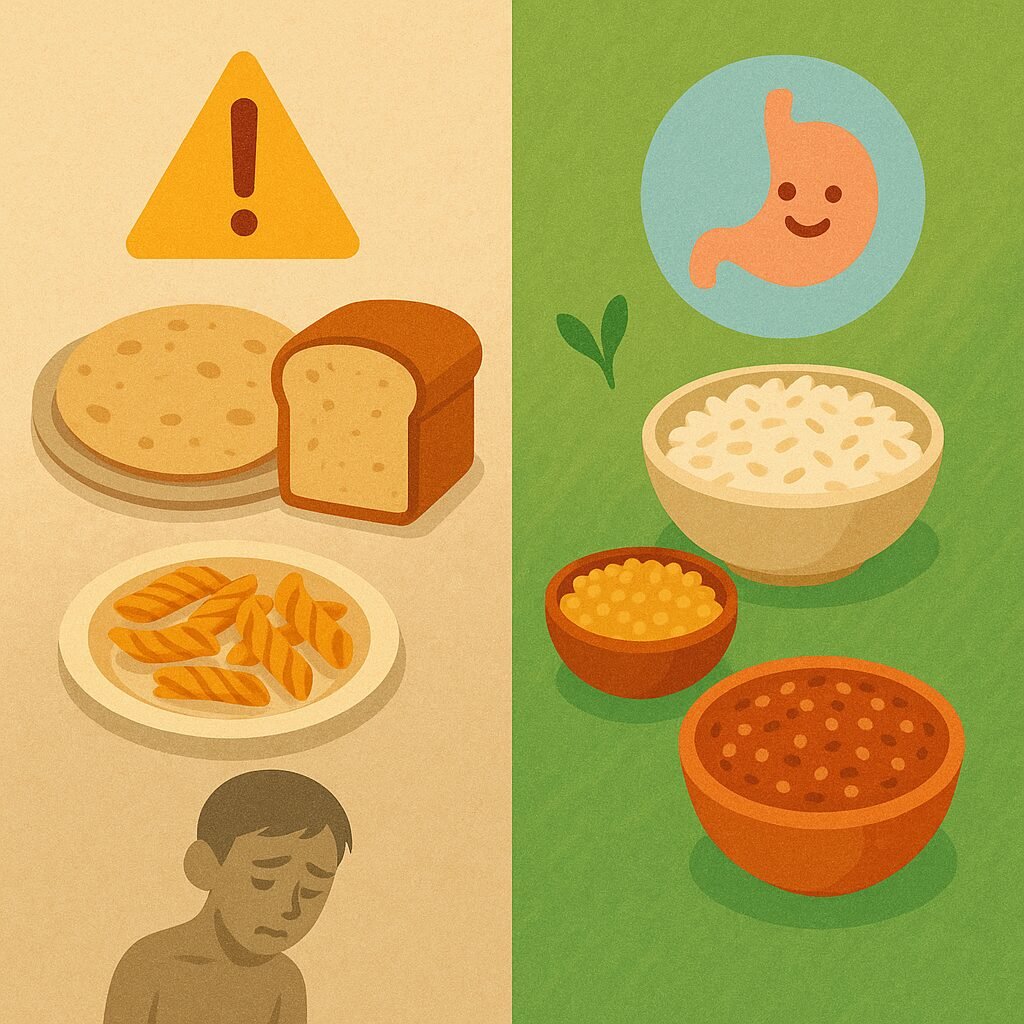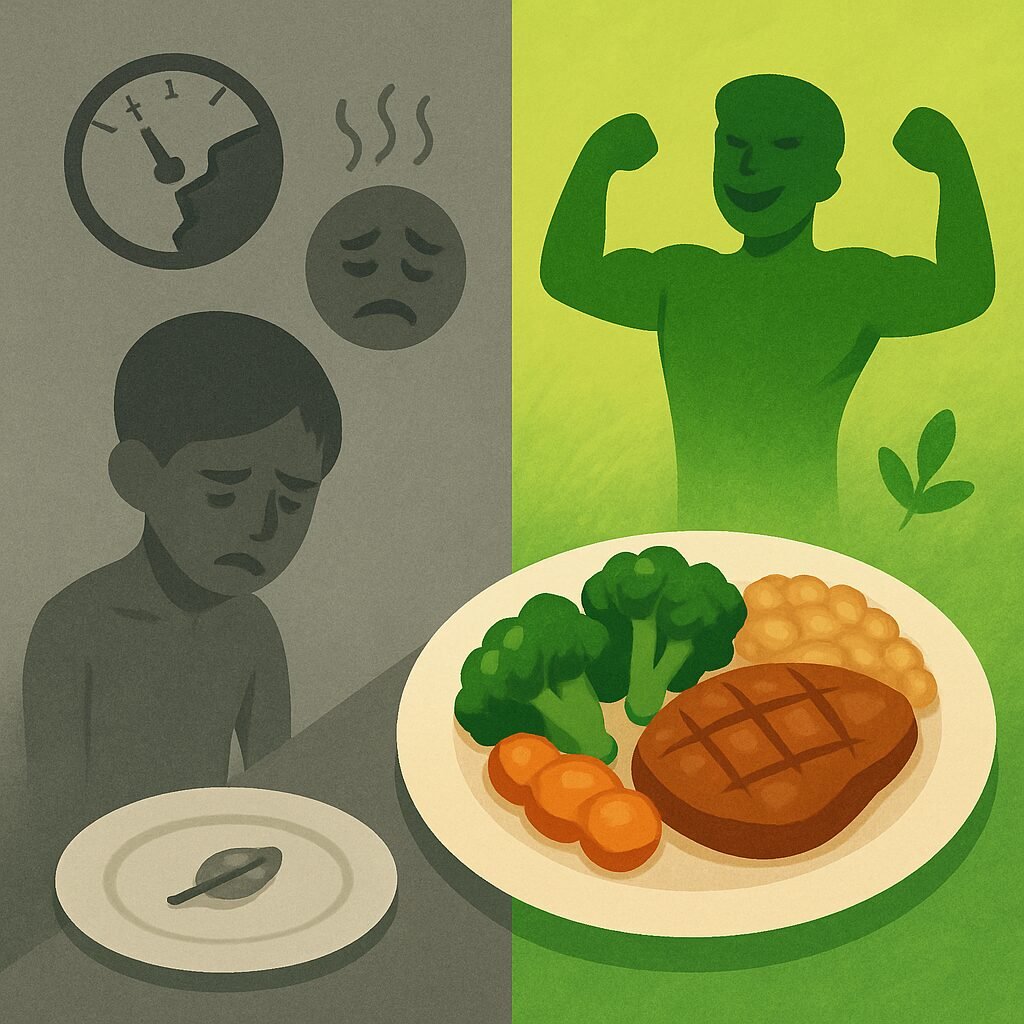Sudden Loss of Appetite? It Might Be More Serious Than You Think
We all go through phases where food feels less appealing—but if your appetite suddenly vanishes without an obvious cause, it might be your body waving a red flag. While it may seem minor, loss of appetite can sometimes point to deeper health issues, including liver dysfunction.
Let’s dive into what could be behind your lack of hunger—and what signs you should never ignore.
⚠️ Is It a Sign of Liver Trouble?
Your liver plays a key role in digestion and energy regulation. When it’s under stress or not functioning properly, one of the first signs could be a sudden drop in appetite.
Other early symptoms of liver dysfunction include:
- Jaundice (yellowing of skin or eyes)
- Easy bruising or bleeding
- Fatigue or extreme tiredness
- Dark-colored urine
- Swelling in the legs or ankles
- Persistent nausea or vomiting
If these symptoms accompany your appetite loss, it’s time to take notice.
🤯 Other Possible Causes of Appetite Loss
While liver issues are one possibility, other health factors can also cause your appetite to disappear:
1. Stress or Anxiety
When you’re mentally overwhelmed, your digestive system often reacts. Chronic stress can suppress hunger hormones and lead to reduced food intake.
2. Gut Issues
Digestive disorders like IBS, acid reflux, or bloating may create discomfort that makes you avoid food—even subconsciously.
3. Infections
Viral infections (like hepatitis or a stomach bug) can interfere with your metabolism and appetite regulation.
4. Medications
Certain antibiotics, painkillers, or treatments like chemotherapy can dull your appetite as a side effect.
🧪 What Should You Do If You Lose Your Appetite?
Don’t ignore persistent changes in your hunger patterns, especially if paired with fatigue, digestive distress, or yellowing skin. Here’s what you can do:
✅ Track Your Symptoms
Note how long the appetite loss lasts, and if any other symptoms (like nausea, jaundice, or swelling) occur alongside it.
✅ Get a Liver Function Test (LFT)
A simple blood test can reveal much about your liver health, including enzyme levels and potential damage.
✅ Consult Your Doctor Promptly
It’s always safer to investigate early. Early detection means more effective treatment—whether it’s liver-related or not.
✅ Conclusion: Listen to Your Gut—and Your Liver
Your body doesn’t send signals without reason. If you’re suddenly disinterested in food, it’s worth paying attention. From stress to serious liver conditions, appetite loss is often a symptom worth investigating.
So, don’t brush it off. Monitor your body, speak to your doctor, and take control of your health—because early action can make all the difference.
In case of any related query related to nutrition or weight management book an appointment with Dt. Silky Mahajan .You can also send us a mail at info@foodsandnutrition.in or call on 7829999400. Follow us on facebook & instagram for latest updates.











